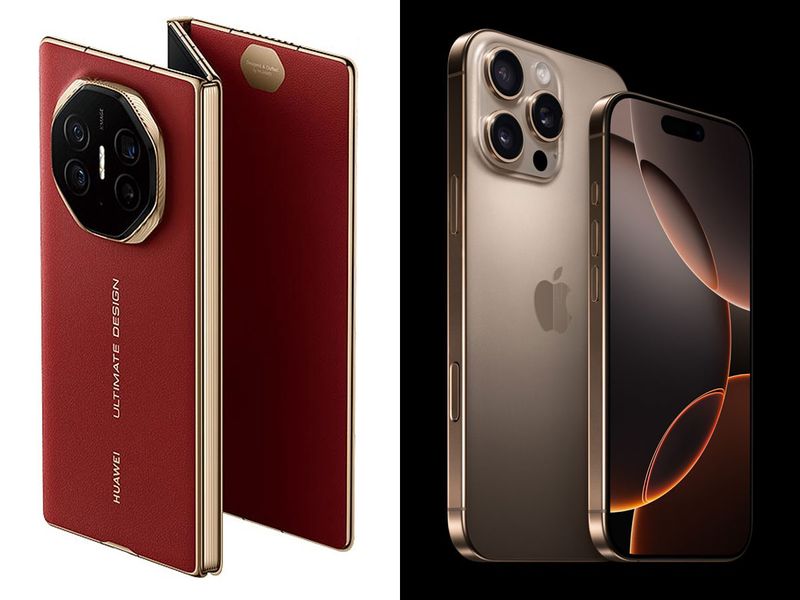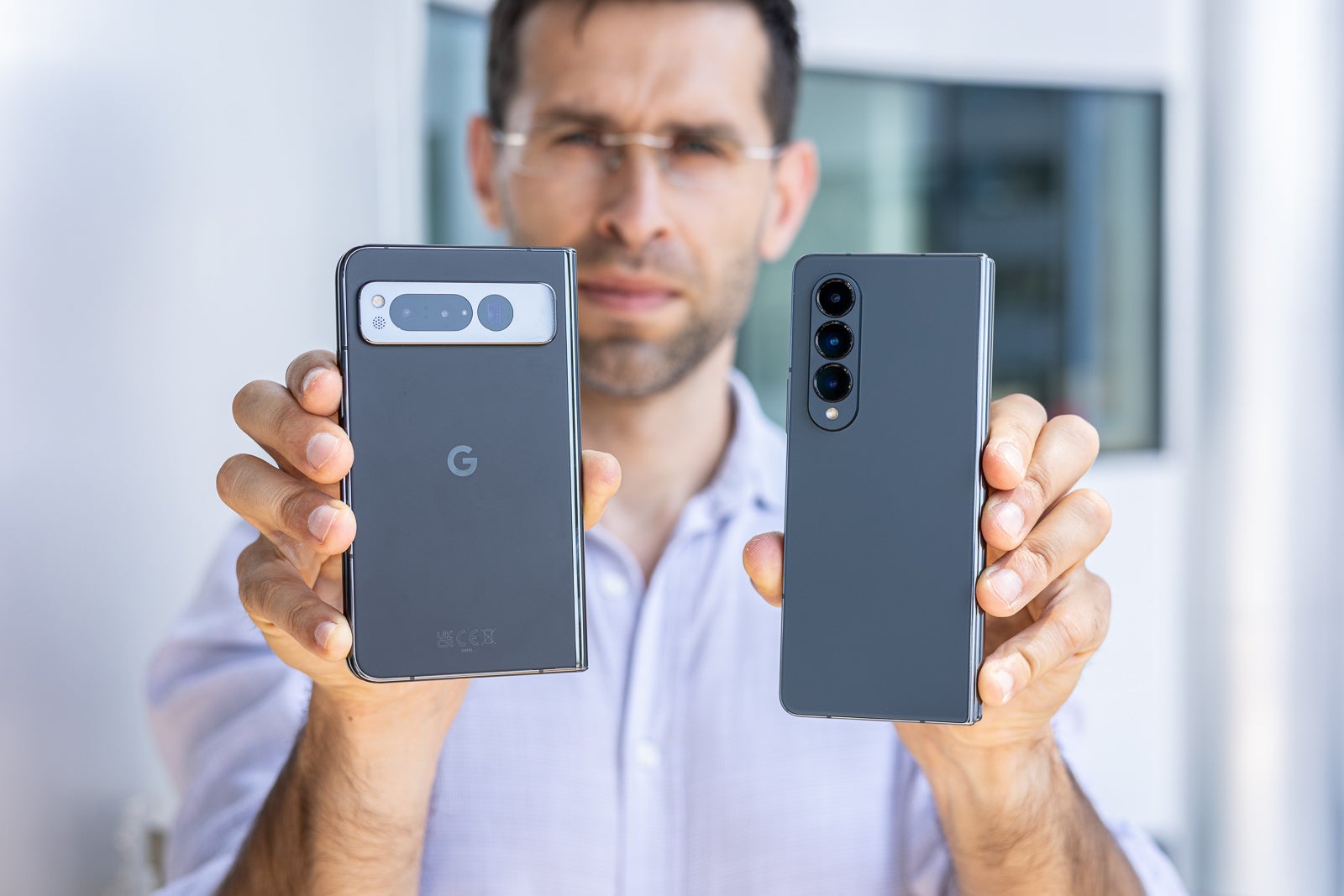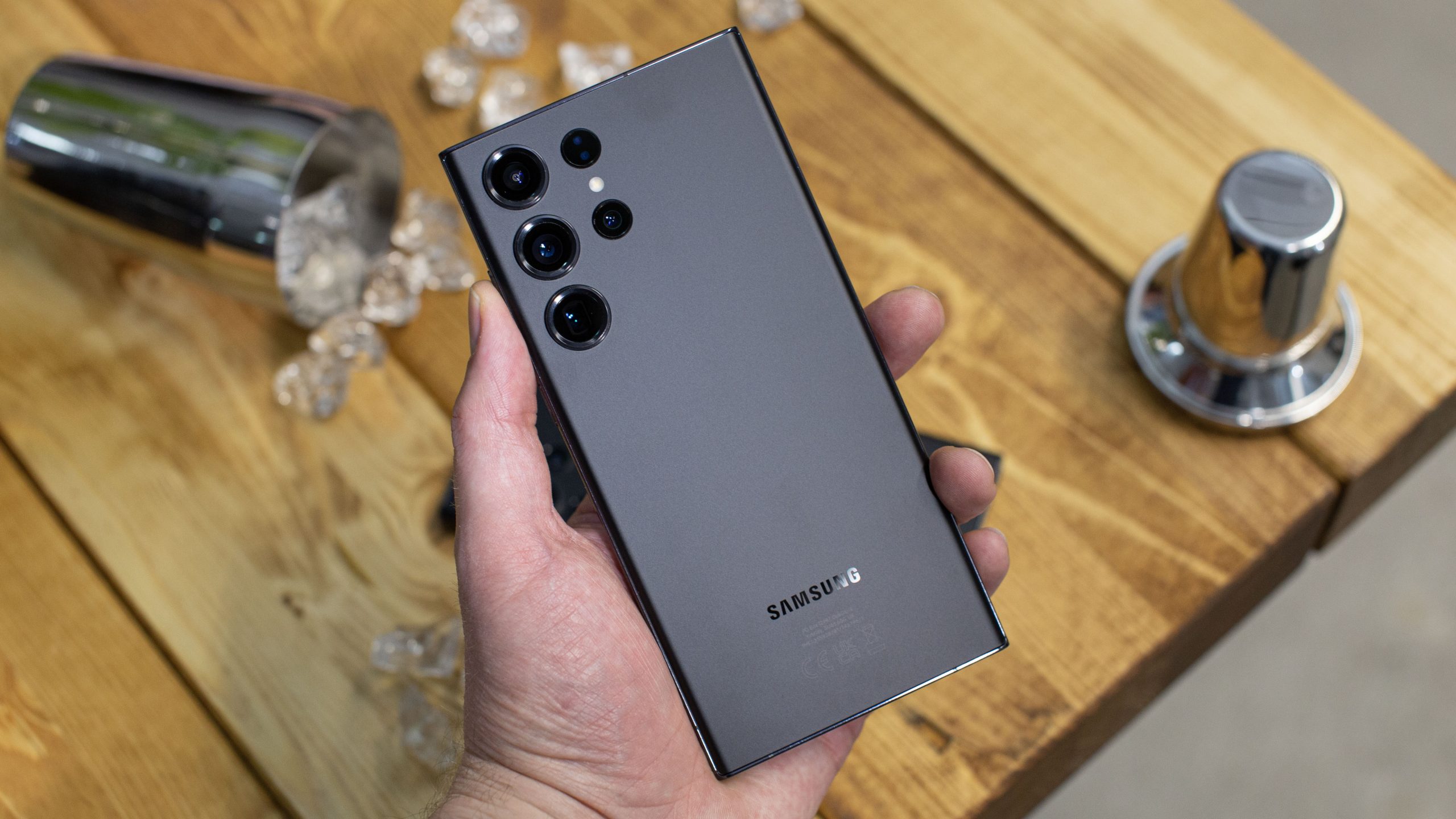The Triumphs and Tribulations of the iPhone 16 vs Huawei Mate XT: A Comprehensive Comparison
In the ever-evolving smartphone landscape, two giants stand poised to captivate tech enthusiasts worldwide: Apple’s iPhone 16 and Huawei’s Mate XT. Both devices bring a host of impressive features to the table, yet each also comes with its own set of drawbacks. This post will delve into the triumphs and tribulations of these flagship phones, helping you make an informed decision.
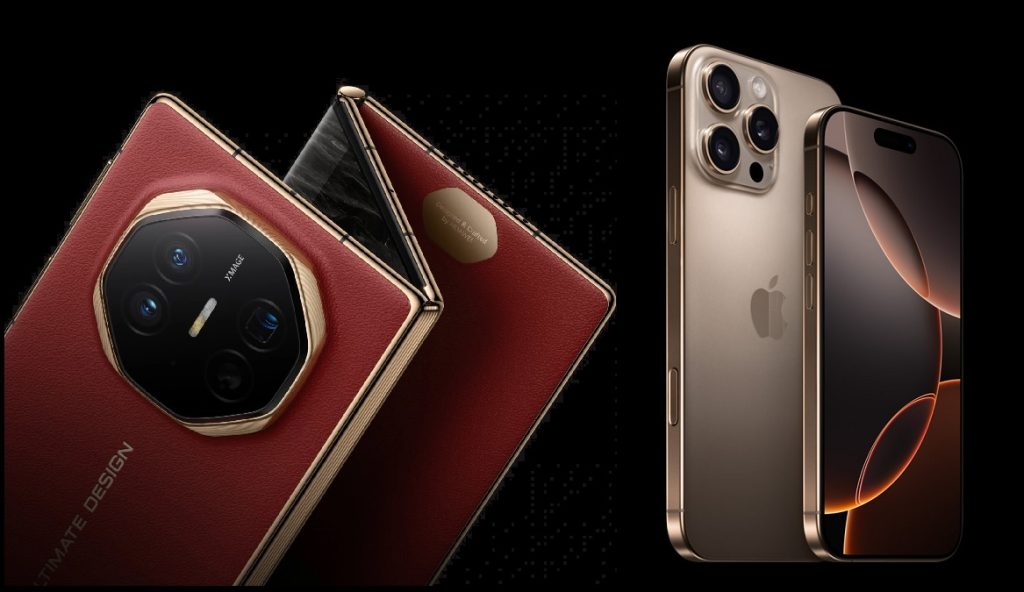
Design & Build Quality: Beauty Meets Brawn
The iPhone 16 continues Apple’s tradition of sleek minimalism, with a stunning glass and metal chassis that feels premium in hand. The device boasts a refined aesthetic with slightly rounded edges, giving it a comfortable grip. Apple has also introduced a range of new color options, adding a vibrant touch to its sophisticated design language. However, some may find the design repetitive, as Apple sticks closely to its tried-and-tested formula.
On the other hand, the Huawei Mate XT dazzles with its foldable design, combining innovation and practicality. Its flexible OLED display folds seamlessly, transforming from a compact smartphone to a larger tablet-like device. This unique feature makes it a multitasker’s dream, perfect for those who need a device for both entertainment and productivity. However, the Mate XT’s design does have a downside: it’s bulkier and heavier than traditional smartphones, making it less pocket-friendly.
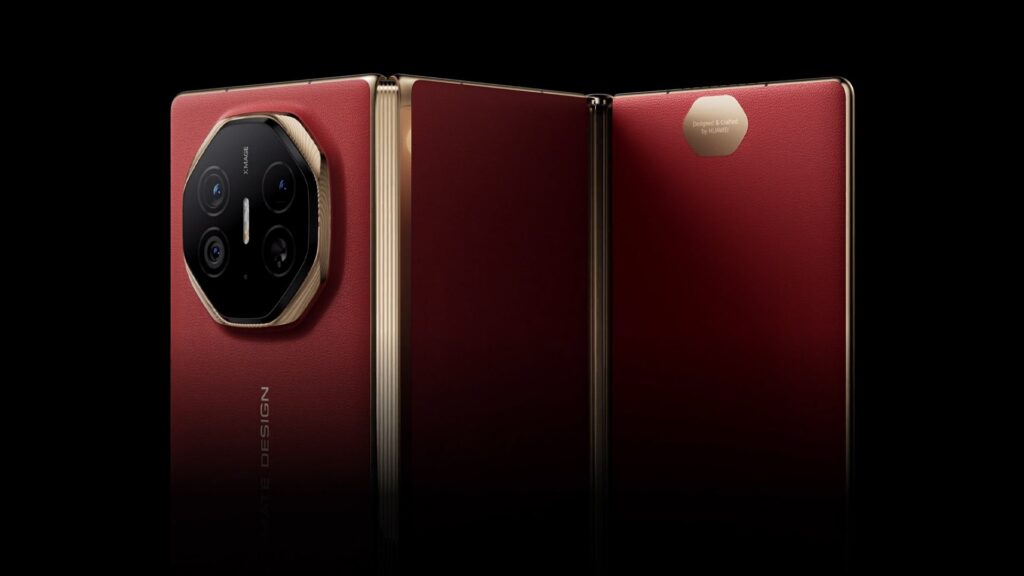
Display: Clarity and Contrast vs. Size and Versatility
The iPhone 16 features a Super Retina XDR display with ProMotion technology, offering stunning visuals with rich colors and deep contrasts. The 120Hz refresh rate ensures smooth scrolling and responsive touch interactions, making everything from gaming to browsing a delight. The only criticism here is that Apple has maintained a notch design, which some users might find intrusive.
Huawei’s Mate XT, with its foldable 8-inch OLED screen, provides a unique visual experience. The expansive display is perfect for immersive gaming and video playback, offering vibrant colors and sharp details. However, the display’s foldable nature raises durability concerns. Some users have reported creases appearing over time, which can detract from the overall viewing experience.
Performance: Powerhouses in Their Own Right
Both the iPhone 16 and Huawei Mate XT are powered by cutting-edge processors. The iPhone 16 houses the A18 Bionic chip, a marvel of engineering that delivers exceptional speed and efficiency. Whether you’re editing videos or running resource-intensive applications, the iPhone 16 handles it all with ease. The A18 chip also contributes to improved battery life, ensuring that you can go longer between charges. That said, Apple’s proprietary ecosystem can feel restrictive, particularly for those who prefer more customization options.
The Mate XT, equipped with Huawei’s Kirin 9900 processor, also offers top-tier performance. It handles multitasking and heavy-duty applications without a hitch, making it a formidable contender. Additionally, the Mate XT supports 5G connectivity, ensuring faster download and browsing speeds. However, due to ongoing geopolitical issues, Huawei’s access to Google services is limited. This means that while the hardware is impressive, the software experience can be a challenge for those reliant on Google’s suite of apps.

Camera: Capturing the World in Different Ways
The iPhone 16 features a triple-lens camera system that excels in nearly every scenario. Apple’s computational photography algorithms deliver stunning results, with vibrant colors and impressive low-light performance. The device also introduces a new “ProRAW” mode, giving photographers greater control over their images. However, some might argue that Apple’s incremental improvements lack the innovation seen in previous generations.
The Mate XT, with its Leica-engineered quad-camera setup, is no slouch either. It offers a versatile shooting experience with impressive zoom capabilities and excellent detail reproduction. The foldable design adds a unique twist to photography, enabling users to take photos at unconventional angles. However, the Mate XT struggles slightly in low-light conditions, and the absence of Google services can limit the use of certain third-party photography apps.
Battery Life and Charging: Endurance vs. Speed
The iPhone 16 offers solid battery life, easily lasting a full day under normal usage. Apple has also introduced faster wired and wireless charging options, reducing the time needed to recharge. However, the device still lags behind some competitors in charging speed, a minor but noticeable drawback.
Huawei’s Mate XT, thanks to its larger form factor, houses a more substantial battery. It supports ultra-fast charging, allowing you to get back to full power in no time. This is a significant advantage for those constantly on the go. However, the battery life can be inconsistent, particularly when using the device in its unfolded state for extended periods.
Conclusion: A Battle of Preferences
Ultimately, the choice between the iPhone 16 and Huawei Mate XT comes down to personal preference. The iPhone 16 excels with its polished ecosystem, powerful performance, and reliable camera system. It’s a solid choice for those deeply embedded in Apple’s ecosystem or seeking a no-nonsense smartphone experience. However, its lack of innovation in design and restrictive software environment may be off-putting to some.
The Huawei Mate XT, with its groundbreaking foldable design and versatile display, is perfect for tech enthusiasts and multitaskers. It offers a unique blend of performance and productivity, though its size and software limitations are worth considering. Each device has its triumphs and tribulations, but both represent the pinnacle of smartphone innovation in their own distinct ways.
Share this content:

